Seaport: A User-Friendly and Efficient Web3 Frontend
Introduction to Seaport
Seaport is a cutting-edge Web3 frontend that provides users with a user-friendly interface to interact with various blockchain networks and decentralized applications (dApps). It aims to simplify the complex process of Web3 interactions and make it more accessible to both beginners and advanced users.
Key Features of Seaport
Seaport offers several key features that set it apart from other Web3 frontends:
- Intuitive User Interface: Seaport provides a clean and intuitive user interface that allows users to seamlessly navigate and interact with different blockchain networks and dApps.
- Wallet Integration: Seaport supports integration with popular crypto wallets, allowing users to securely manage their digital assets and interact with dApps without the need for separate wallet applications.
- Seamless DApp Integration: Seaport offers easy integration with various decentralized applications, providing users with a unified platform to access and use different dApps without the hassle of multiple logins or setups.
- Cross-Chain Compatibility: Seaport supports multiple blockchain networks, enabling users to connect and interact with different ecosystems, tokens, and smart contracts.
Benefits of Using Seaport
By utilizing Seaport as your Web3 frontend, you can enjoy several benefits:
- Simplified Web3 Interactions: Seaport abstracts complex Web3 processes and provides a user-friendly interface, making it easier for users to interact with blockchain networks and dApps.
- Enhanced Security: Seaport focuses on security measures, such as encrypted connections and secure wallet integrations, to ensure the safety of user assets and interactions.
- Time and Cost Efficiency: Seaport streamlines the user experience by eliminating the need for multiple tools and logins, saving users time and reducing transaction costs.
- Improved Accessibility: Seaport's intuitive interface and user-friendly design make it accessible to users of all skill levels, from beginners to experienced blockchain enthusiasts.
Getting Started with Seaport
To start using Seaport:
1. Visit Seaport's official website and create an account.
2. Connect your crypto wallet to Seaport for easy management of digital assets.
3. Explore the available dApps and blockchain networks supported by Seaport.
4. Use Seaport's interface to interact with different dApps, manage tokens, and execute transactions securely.
Common Use Cases for Seaport
Seaport can be utilized in various scenarios, such as:
- Trading and Investing: Seamlessly connect to decentralized exchanges (DEXs) and investment platforms to trade and invest in cryptocurrencies and other digital assets.
- Gaming and NFTs: Access blockchain-based games and marketplaces to buy, sell, and trade non-fungible tokens (NFTs).
- DeFi: Easily interact with decentralized finance (DeFi) protocols to lend, borrow, and earn passive income through yield farming or staking.
- Blockchain Development: Utilize Seaport's developer tools and documentation to build and deploy your own dApps on supported blockchain networks.
Frequently Asked Questions about Seaport
1. How does Seaport ensure security for Web3 interactions?
Seaport prioritizes security by implementing encrypted connections and secure wallet integrations. It also conducts regular security audits to identify and address any potential vulnerabilities.
2. Can Seaport be integrated with different blockchain networks?
Yes, Seaport is designed to be cross-chain compatible and can be integrated with various blockchain networks, including Ethereum, Binance Smart Chain, and others.
3. Is Seaport suitable for both beginners and advanced users?
Absolutely! Seaport's intuitive interface caters to beginners, allowing them to easily navigate and interact with Web3 applications. Advanced users will also appreciate the advanced features and developer tools provided by Seaport.
4. How does Seaport compare to other Web3 frontends?
While there are several Web3 frontends available, Seaport stands out with its user-friendly interface, wallet integration, and cross-chain compatibility. It offers a comprehensive solution for users looking to seamlessly interact with blockchain networks and dApps.



